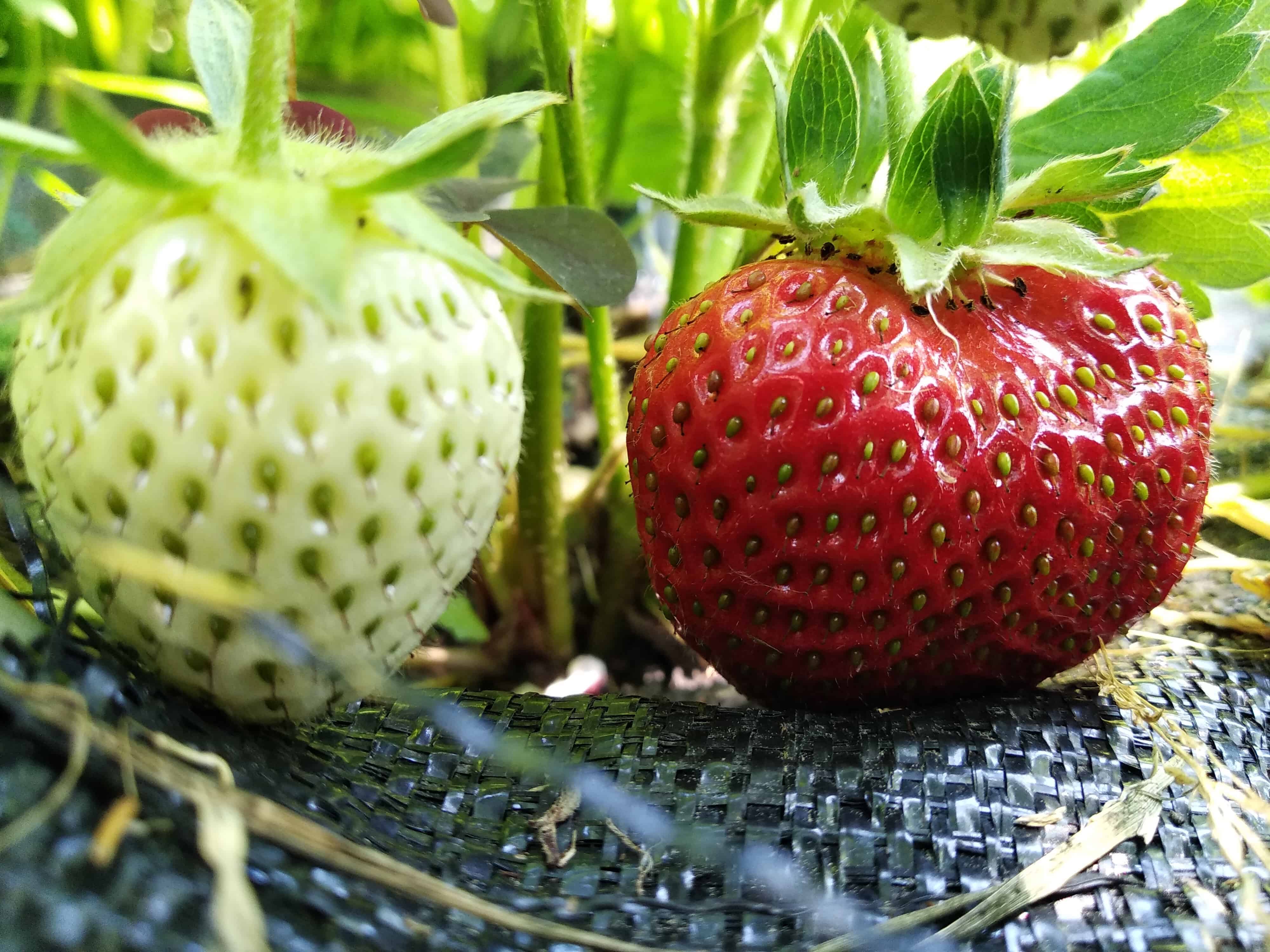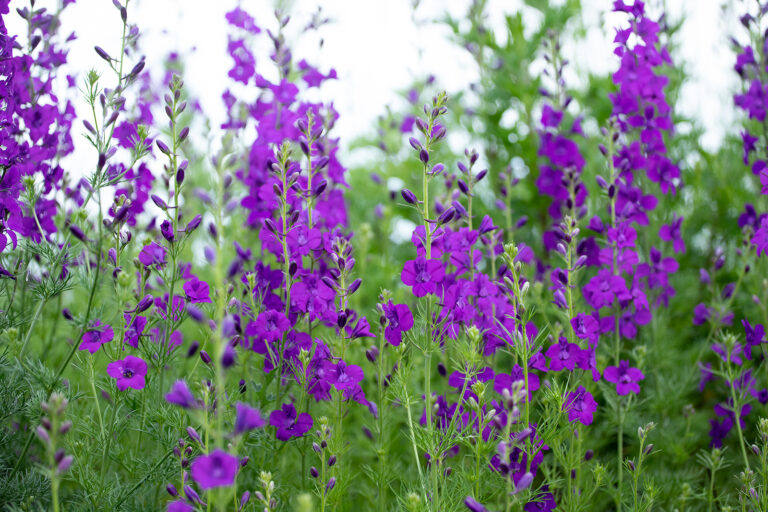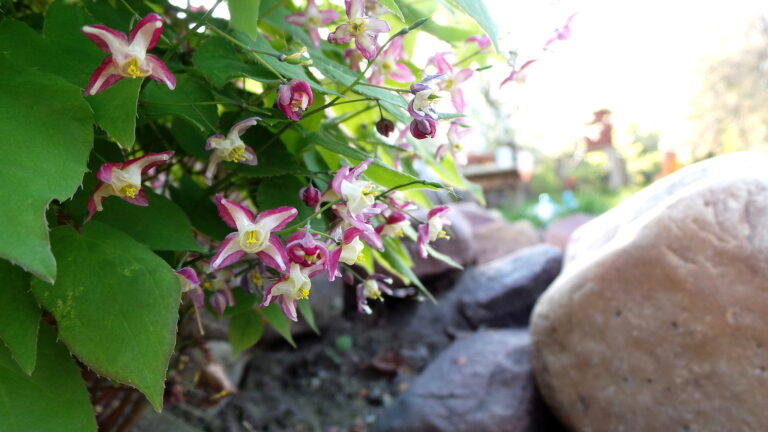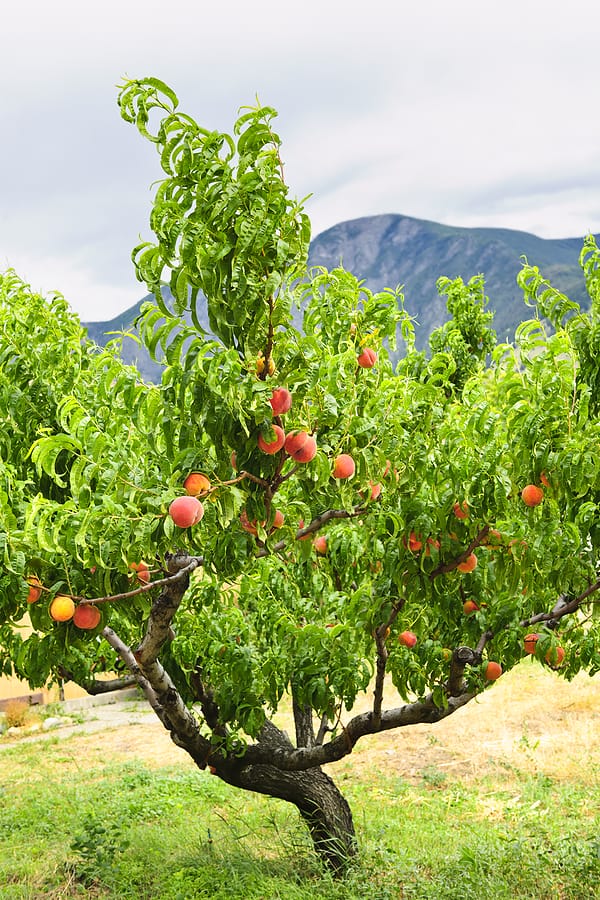Best Climate and Site for Growing Strawberries
Having grown strawberries in both coastal and inland gardens over the years, I’ve seen firsthand how dramatically climate impacts success. In cooler northern regions, cold-hardy cultivars like ‘Sparkle’ and ‘Honeoye’ have consistently bounced back from late frosts and delivered strong early-summer harvests. Meanwhile, in my warmer Zone 9 garden, day-neutral varieties such as ‘Seascape’ and ‘Albion’ have proven reliable producers well into the fall, especially when given a bit of afternoon shade. Backed by horticultural best practices and personal trials, strawberries truly thrive in USDA Zones 3 through 10, provided you match the variety to your local growing conditions.
Here are tips I would pass along to you as you set out to grow strawberries:
Sunlight and Soil
Strawberries require full sun, ideally 6 to 8 hours of direct light per day, to yield the best fruit. In very warm climates, day-neutral varieties may benefit from partial afternoon shade to prevent heat stress.
Ensure your planting site has loamy, compost-rich soil with excellent drainage. In areas with clay or poorly draining soil, plant strawberries on raised beds or mounds to reduce waterlogging and root diseases.
Avoid Frost Pockets and Wind
Do not plant strawberries in low-lying areas, where cold air can settle and damage spring blossoms. Similarly, avoid exposed, windy sites, which can desiccate plants and interfere with pollination.
Crop Rotation and Disease Prevention
To avoid soil-borne diseases, do not plant strawberries where solanaceous crops (tomatoes, potatoes, peppers, eggplants) or certain fruits and herbs (melons, okra, mints, raspberries, blackberries, or roses) have grown in recent years. These plants often leave behind pathogens that can harm strawberries.
The Role of Winter Chill in Strawberry Growth
Strawberry plants rely on a chilling period between 34°F and 55°F to develop robust growth and set flower buds for the next season. This cold exposure is essential for fruit production. Without sufficient chill, plants may appear weak and yield fewer berries. Conversely, too much chill can delay fruiting, even if plants grow vigorously.
Optimizing Strawberry Yield in Warm-Winter Regions
In regions with mild winters, you can simulate the necessary chilling period by pre-chilling strawberry runners before planting. Bundle runners with minimal soil around the roots, place them in a plastic bag, and refrigerate them (ideally near the vegetable drawer) for about 20 days. This pre-treatment tricks the plants into thinking they’ve experienced winter, triggering proper flowering and fruiting when planted.
Protecting Strawberry Plants in Cold-Winter Regions
Where winters are harsh, protect strawberries—both newly planted and established—with insulating mulch, such as straw, pine needles, evergreen boughs, or breathable garden fabric like spun-poly. This helps moderate extreme temperature swings. In early spring, remove the mulch to allow soil warming and ensure pollinators can access flowers once they bloom.
Root Establishment and Timing
Strawberries that are allowed to establish strong root systems—either from early spring or fall plantings—are better equipped to produce abundant fruit in the following season. Ensuring root development before the soil cools in autumn, or as it begins to warm in spring, is key to a healthy, fruit-bearing plant.
Pro Growing Checklist
- Strawberries grow best in Zones 3 to 10; some cultivars are colder tolerant than others. Choose cultivars appropriate for your climate.
- Grow strawberries in full sun. Day-neutral strawberries can tolerate light afternoon shade.
- Plant strawberries in compost-rich, loamy soil with excellent drainage. Where drainage is poor, plant strawberries on a mounded or raised bed.
- Avoid planting strawberries in low spots where cold air or frost can linger and injure spring blossoms. Do not plant strawberries where there is a constant wind or breeze.
- Avoid planting strawberries where peppers, tomatoes, potatoes eggplant, melon, okra, mints, raspberries, blackberries, or roses have grown before. Diseases that attack these plants can remain in the soil and attack strawberries.

Temperature and Strawberry Yields: More Details
Strawberry plants require a period of winter chill between 34°F and 55°F to ensure vigorous growth and complete development of flower buds the following spring. (This is essential for fruit production.) If there is insufficient chill, plants will grow poorly and produce few berries. If the chill is too great, plants will grow strong but fruit production will be delayed.
Best strawberry production in warm-winter regions. To ensure the optimal berry yield in warm-winter regions, chill strawberry runners before you plant them. Gather runners together with a minimum amount of soil around their roots and place them in a plastic bag and set them in the refrigerator (low in the refrigerator near the vegetable drawer) for 20 days before planting. Pre-chilling will fool strawberries into thinking they had a cold winter.
Best strawberry production in cold-winter regions. Where winters are cold, protect strawberry plants–both young and old–from too much chill by covering plants with straw, pine needles or boughs, or spun-poly garden blankets. Pull the mulch away in early spring to allow the ground to warm and to allow bees to pollinate flowers when they open.
Strawberry plants that have set down good roots will be stimulated to produce fruit as soon as the ground warms and days lengthen in spring. Setting out runners in spring or in fall before the soil cools will give plants enough time to establish roots for strong growth and fruit production the next spring.
Related Posts:
🌱 Getting Started with Strawberries
- How to Grow Strawberries: A Complete Guide From My Garden to Yours
- Strawberry Planting Calendar: What to Plant and When
- How to Plant and Grow Strawberries
- How to Plant Strawberries: Step-by-Step
- Indoor Strawberry Starts: How and When to Begin
- Best Climate and Site for Growing Strawberries
🍓 Choosing Strawberry Varieties
- Strawberries: June-bearing vs Ever-bearing vs Day-neutral Varieties — What’s Best for Your Garden
- Strawberry Varieties by Region: The Best Picks for U.S. Gardeners
- June-Bearing Strawberry Varieties: A Complete Growing Guide
- Guide to Alpine Strawberries: Tiny but Tasty
- Growing Strawberries in Hot Summer Regions Including Best Varieties
🪴 Growing Techniques & Care
- Watering, Feeding, and Caring for Strawberries the Right Way
- Container Growing Strawberries: Space Saving Tips
- Propagating Strawberries from Runners
- Strawberry Problems Solved: Common Pests and Diseases—and How I Handle Them
🌞🌨️ Growing by Climate & Season
- Growing Strawberries Year-Round in Warm Climates: A Gardener’s Guide
- Fall and Winter Strawberry Care: Cold Climate Tips for Healthy Spring Growth
- Planning a Year-Round Strawberry Harvest
🍽️ Harvest & Enjoy





